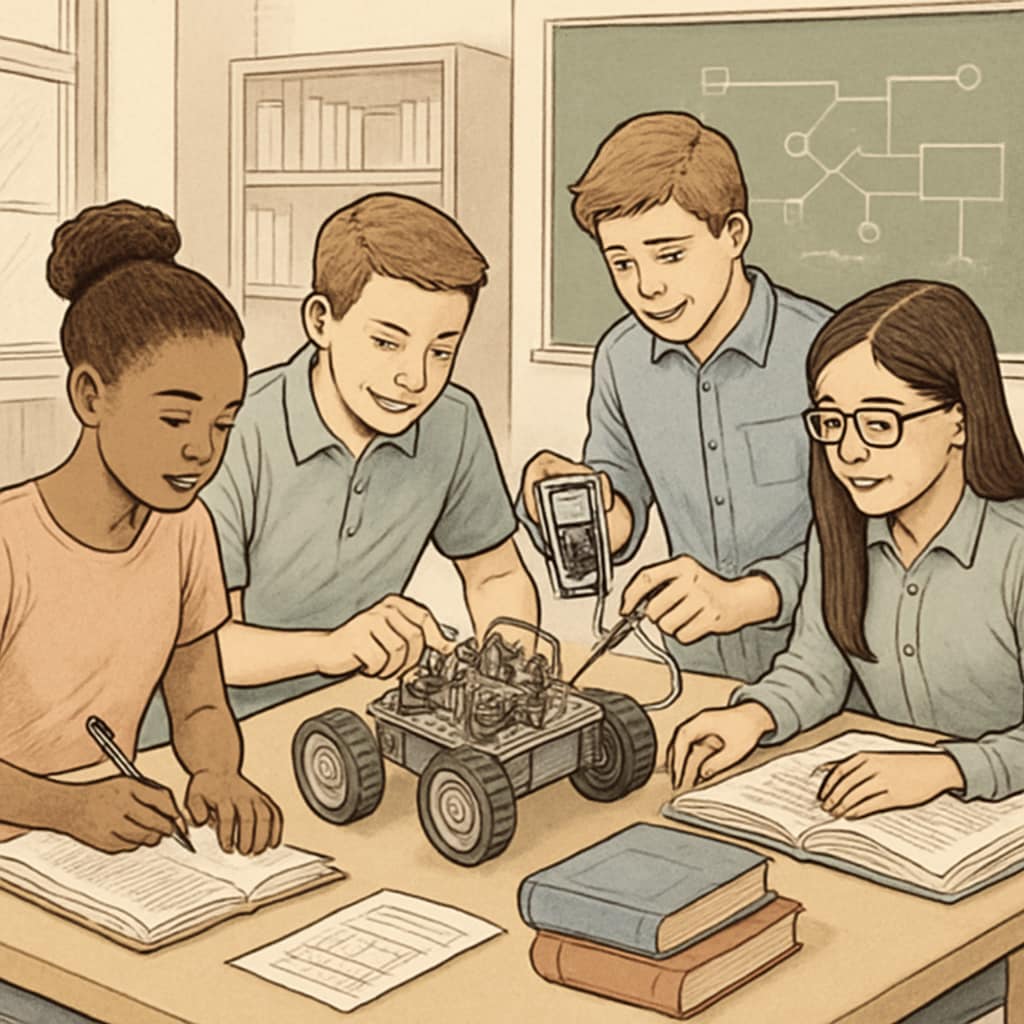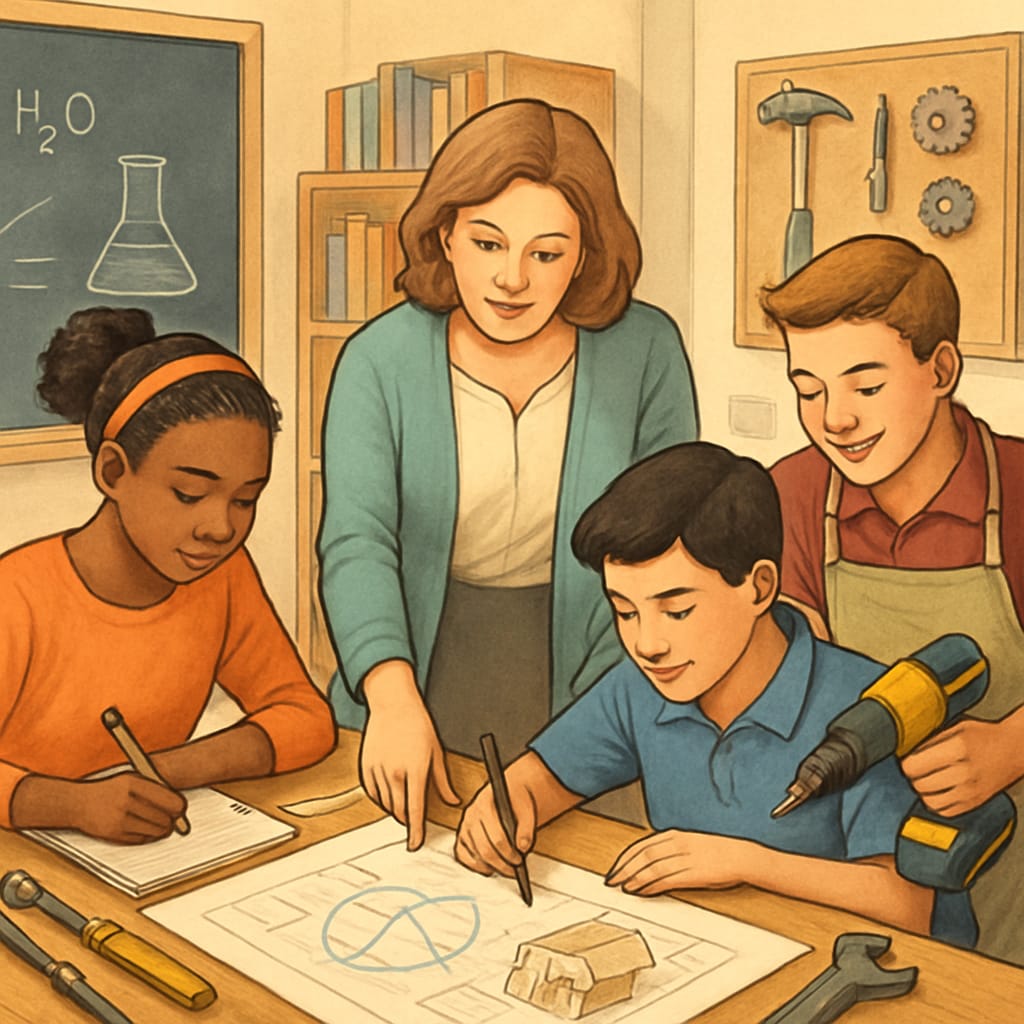In today’s rapidly evolving educational landscape, finding a balance between Career and Technical Education (CTE) and traditional academic subjects is a critical challenge for school districts. As educational structures shift to meet the demands of a changing workforce, integrating these two approaches has become a priority. This article delves into the benefits of combining CTE with traditional academics, explores various implementation models, and provides actionable steps for educators and administrators to create a balanced, future-ready curriculum.
The Value of Blending CTE and Traditional Academics
CTE focuses on equipping students with practical, career-specific skills, while traditional academics emphasize foundational knowledge in subjects like mathematics, literature, and science. Combining these two approaches offers a well-rounded education that prepares students for both higher education and the workforce. For example, CTE programs in fields like healthcare, information technology, and engineering can complement science and math curricula, providing real-world applications that enhance understanding.
Blending the two approaches also improves student engagement. Research has shown that students enrolled in CTE programs are more likely to stay in school and graduate, as they see direct connections between their studies and future career opportunities. Similarly, traditional academic courses enriched with CTE elements can make abstract concepts more tangible and relevant.

Implementation Models for Effective Integration
Integrating CTE and traditional academics requires thoughtful planning and alignment with local needs. Here are three common models for implementation:
- Stand-alone CTE courses: These courses are offered alongside traditional subjects, providing students with the flexibility to explore career pathways without sacrificing core academic requirements.
- Integrated curriculum: In this model, traditional subjects are infused with CTE components. For example, a physics class may include engineering projects, or an English class might focus on technical writing.
- Project-based learning (PBL): PBL encourages students to solve real-world problems, combining skills from both CTE and traditional academics. This approach fosters collaboration, critical thinking, and creativity.
Each model has its advantages and challenges, and the best choice often depends on the resources and priorities of the school district.

Building a Comprehensive Educational Ecosystem
To successfully integrate CTE and traditional academics, districts must establish a supportive ecosystem. Key steps include:
- Stakeholder collaboration: Involve educators, industry partners, and parents in the planning process to ensure programs align with both academic standards and workforce needs.
- Professional development: Provide training for teachers to effectively deliver integrated curricula and understand the connections between CTE and traditional subjects.
- Flexible scheduling: Design school schedules that allow students to participate in both CTE and academic courses without overloading them.
- Evaluation and adjustment: Regularly assess program outcomes and make adjustments based on student performance and feedback.
By implementing these strategies, schools can create an education system that prepares students for lifelong success.
Conclusion: The Future of Education
Balancing CTE and traditional academics in K12 education is essential for preparing students to thrive in a dynamic world. By integrating practical skills with foundational knowledge, school districts can create a holistic educational structure that meets the diverse needs of students and society. As a result, educators, administrators, and policymakers must collaborate to design flexible, innovative programs that reflect the unique characteristics of their communities and the evolving demands of the workforce.
Readability guidance: Short paragraphs, clear subheadings, and bulleted lists have been used to enhance readability. Active voice predominates, and transitions like “for example,” “as a result,” and “in addition” ensure smooth flow.


